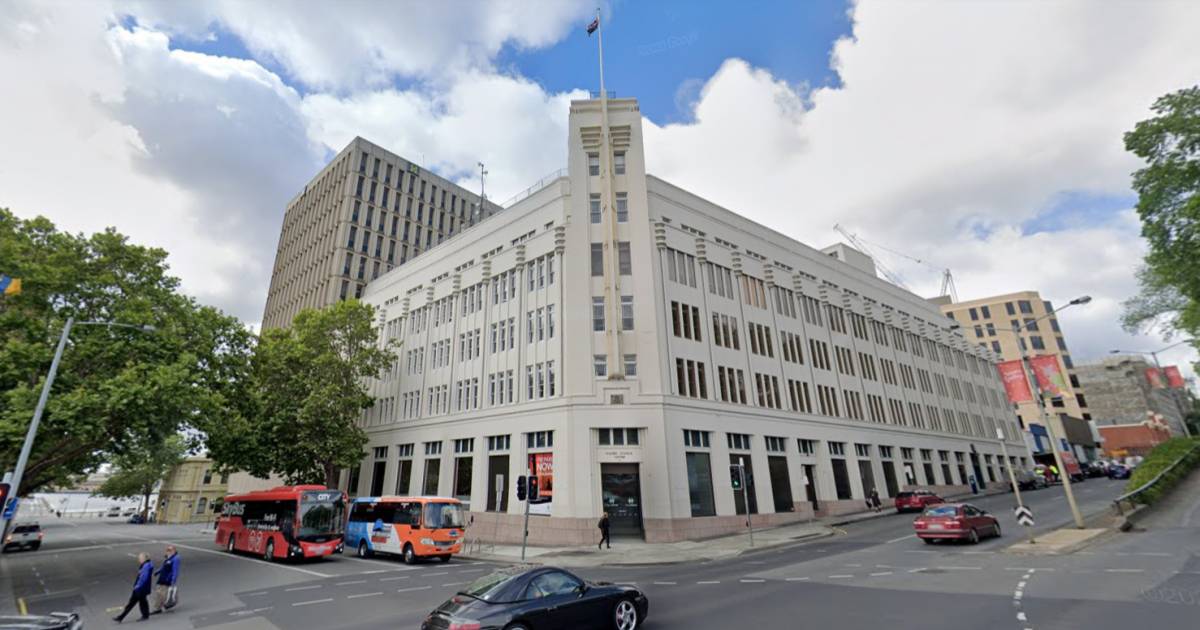
City of Hobart Council | Image: Google Maps
The draft Sustainable Hobart Action Plan 2020-2025: Responding to Climate Change is open for comment and will be of interest to local owners of home solar power systems.
Among the key goals of the plan are continued reductions to Council’s energy use and emissions, and embracing innovative energy solutions. Here are a couple of related actions it will implement if they make the final cut.
Purchasing Solar Electricity From Households
Like most councils, City of Hobart chews through a significant amount of electricity in delivering its various services. As the City electrifies its vehicle fleet, consumption is likely to increase.
For solar households, the regulated minimum feed-in tariff rate in Tasmania for surplus solar energy exported to the mains grid in 2020/21 is 8.471 cents per kilowatt hour1; 9.4 per cent lower than the 2019-20 rate. It’s better than a poke in the eye with a sharp stick, but no doubt noses wouldn’t be turned up if a better feed-in tariff rate was available.
City of Hobart sees a potential win-win opportunity if Council can become what it calls a “virtual power network hub”, buying electricity to help power its daytime operations directly from residents at a higher rate than feed-in tariffs, but still below the City’s retail electricity rates.
Around 2,850 small-scale solar power systems have been installed in the City of Hobart local government area.
Energy Storage
Council says Hobart has multiple small to medium water sources situated at various altitudes. Given many are interconnected with pipes, it believes there’s an opportunity for some of these resources to be turned into pumped hydro energy storage facilities.
“We would engage with other stakeholders and industry to activate existing water reservoirs to provide stored renewable energy, including utilising and creating added savings from the investments the City of Hobart has made in solar panels, to reduce the cost of the City’s overnight power consumption in street lighting and other areas,” states the draft plan.
City of Hobart endorsed the Draft Sustainable Hobart Action Plan 2020-2025 back in May, which was developed in consultation with the community and other stakeholders. Residents can have their say on the draft by completing the feedback form by 25 September 2020.
Regarding the City’s solar power efforts, it has a bunch of systems installed at various facilities – the largest being 400kW of capacity on the Doone Kennedy Hobart Aquatic Centre.
Just a note on solar power in Hobart and Tasmania generally – while some might think solar panels aren’t a good investment in the Apple Isle, SQ’s solar calculator with its default settings estimates a good quality 6.6kW solar system installed in Hobart has a simple payback period of under 5 years.
Footnotes
- 1st Energy offers an additional 5c per kWh, but it looks like that’s only for the first 12 months after signing on ↩

 RSS - Posts
RSS - Posts



Speak Your Mind